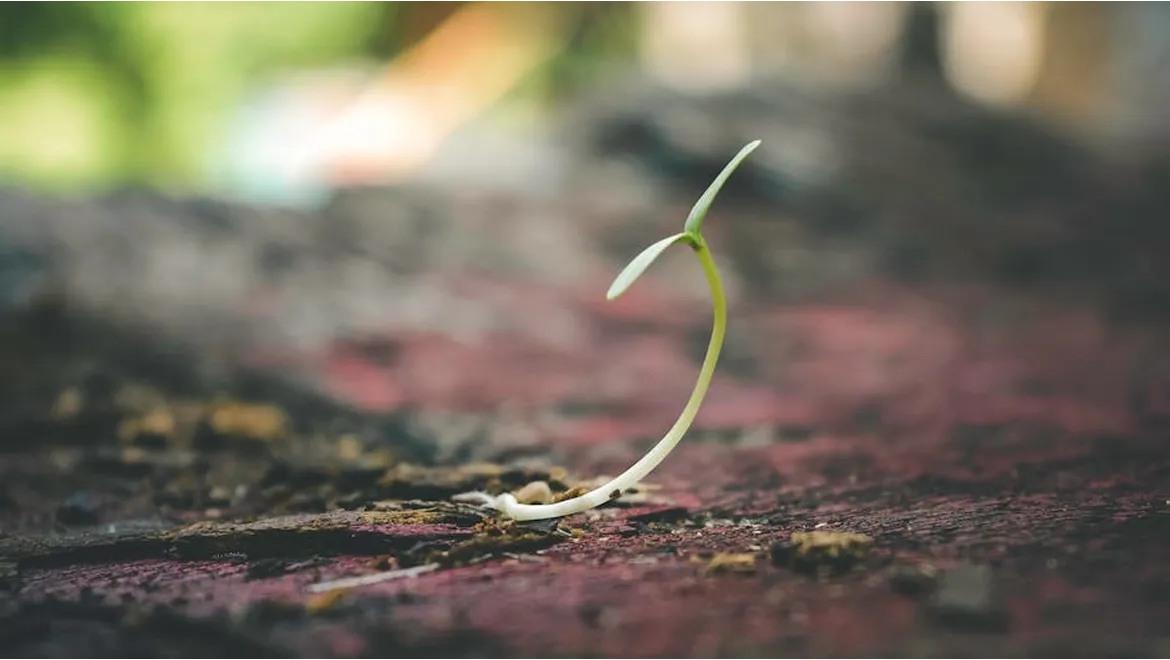As a lover of all things garden-related here in the UK, I’ve spent countless hours poring over articles about breathtaking landscaping, the perfect rose varieties, and the joys of a garden-view orangery. But I realised something fundamental was often overlooked: the soil itself. Beautiful plants and stunning structures are all for naught if the ground beneath our feet isn’t happy. So, I decided to embark on a mission to understand the mysteries of UK soil and share my findings with you.
My quest began, rather predictably, with a book: “Decoding Your Garden: A Simple Guide to UK Soil Types and Their Secrets”. It promised an accessible introduction to the three main culprits – clay, sandy, and chalky soil – and, crucially, practical ways to identify and improve them. This was exactly what I needed.
Facing the Facts: Identifying My Soil Type
The book emphasized the importance of knowing your enemy, or rather, understanding your soil. The first step was identifying what I was working with. The guide provided simple at-home tests, which were far less intimidating than sending samples to a lab. I started with the ‘squeeze test’. Moistening a handful of soil, I tried to form it into a ball. It held together remarkably well, and I could even roll it into a sausage shape without it crumbling. This pointed towards clay soil. For confirmation, I did the ‘sedimentation test’. Filling a jar with soil and water, giving it a good shake, and letting it settle, revealed distinct layers. The fine particles remained suspended for ages, further solidifying my suspicion of clay. It’s worth noting, the book stressed that most gardens have a mix of soil types, but one usually dominates.
Clay: The Heavyweight Champion (and Its Challenges)
Clay soil, as I now knew, is composed of tiny, tightly packed particles. This makes it rich in nutrients, but it also means poor drainage, compaction, and difficulty for roots to penetrate. My garden struggles with waterlogging in winter, which suddenly made perfect sense. The book suggested several strategies for improving clay soil. One was adding organic matter, like compost, well-rotted manure, or leaf mould. This improves drainage, aeration, and helps break up the clay structure. Another suggestion was ‘double digging’ in autumn, which involves digging two spade depths down to improve drainage. It’s hard work, but apparently worth it. I also learned about the importance of avoiding working clay soil when it’s wet, as this can damage its structure further.
Sandy: The Free Spirit (But Often Nutrient-Poor)
If, on the other hand, your ‘squeeze test’ resulted in the soil falling apart immediately, and the sedimentation test showed a rapid settling of particles, you likely have sandy soil. Sandy soil drains very quickly, which is excellent for avoiding waterlogging, but it also means nutrients are easily washed away. The book advised adding plenty of organic matter to sandy soil as well. This helps retain moisture and nutrients. Another tip was to use mulches around plants to help conserve water and suppress weeds.
Chalky: The Alkaline Enigma
Chalky soil is easily identifiable by its pale colour and the presence of visible chalk fragments. It’s alkaline, which means it has a high pH level. This can make it difficult for some plants to absorb certain nutrients, leading to yellowing leaves (chlorosis). The guide suggested using ericaceous compost for acid-loving plants and incorporating plenty of organic matter to improve water retention and nutrient availability. Lowering the pH level can be achieved by adding sulphur or iron sulphate, but this needs to be done carefully and gradually.
Transforming My Garden: A Work in Progress
Armed with this newfound knowledge, I felt empowered to tackle my clay soil. I started small, incorporating compost into my flower beds and raised vegetable patches. I even tried a small-scale double digging experiment in one area. I chose plants known to tolerate clay, such as Asters and some types of Roses. The changes weren’t immediate, but I started to notice an improvement in drainage.
Understanding the foundations of my garden has completely changed my perspective. By paying attention to the soil, tailoring my plant choices, and applying the improvement techniques suggested by the book, I’m slowly but surely creating a healthier, more vibrant garden. It’s about working with nature, not against it, something every keen gardener should embrace. For anyone looking to create or improve their garden, it is worth considering how the soil influences plant growth and that, by understanding your local soil, it’s possible to nurture your garden and enjoy all the beauty a UK garden has to offer.


